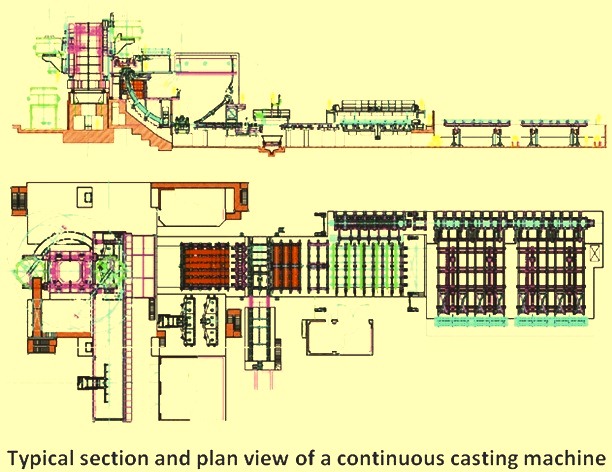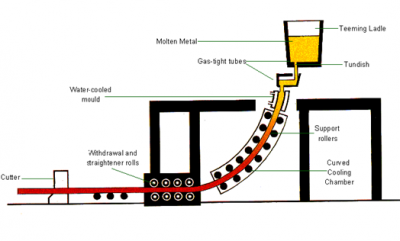0
- Home
- Market Sectors
- Custom Industrial Machinery & Equipment Design & Fabrication
- Design & Manufacture of Hydraulic & Electro-Hydraulic Grabs
- Design & Fabrication of Material Handling Systems
- CNC Plasma and OxyFuel Metal cutting services
- Machining Services
- Welding and Fabrication Services
- Mechanical Engineering Design Services
- Products
- Portfolio
- Blog
- My Account
- Contact us



